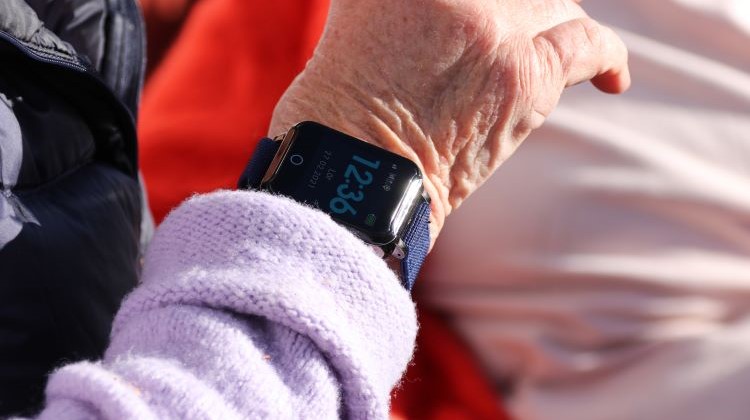The four A’s of dementia
Dementia is a complex disease that affects both cognitive and motor functions. A common model for understanding its impact is through the four A’s: Amnesia, Aphasia, Apraxia and Agnosia. These concepts help us identify and manage the challenges faced by people with dementia and their families.
Amnesia – Memory loss
Amnesia, or memory loss, is one of the most well-known symptoms of dementia. It often begins with difficulty remembering recent events, while older memories may be relatively intact. However, over time, memory deteriorates further, making it difficult for the sufferer to orient themselves, recognize loved ones, or manage everyday tasks.
Aphasia – Language difficulties
Aphasia is a problem with language and communication. The person affected may have difficulty finding words, understanding speech, or formulating sentences. This often leads to frustration and misunderstanding in social situations. Using simple, clear sentences and giving the person time to express themselves can make communication easier.
Apraxia – Impaired movement ability
Apraxia is a movement disorder in which the person has difficulty performing familiar actions despite normal muscle function. Examples include difficulty buttoning buttons, using cutlery or brushing teeth. Breaking tasks down into smaller steps and offering guidance can make everyday life easier for the person affected.
Agnosia – Difficulty interpreting sensory impressions
Agnosia means that the person has difficulty interpreting and recognizing objects, people or sounds, even though their vision, hearing and touch are working properly. This can make it difficult to recognize faces, understand the function of objects or orient themselves in their surroundings. Creating a safe and familiar environment can reduce anxiety and confusion.
Sensorem’s personal alarm has GPS positioning, medication reminders and automatic fall alarm
Sensorem’s personal alarm is an example of a technical aid specially developed for people with dementia. The personal alarm works outdoors and has built-in GPS positioning so that relatives can see the user’s position on a map in the Sensorem app. Relatives are automatically called by the personal alarm (two-way communication) if the user leaves a predetermined geographical area. The personal alarm also has medication reminders, which means that the watch emits a sound and tells the user that it is time to take their medication. The personal alarm can also alert automatically in the event of a fall with the built-in fall sensor.
READ ABOUT HOW SENSOREMS PERSONAL ALARM CAN HELP WITH DEMENTIA

